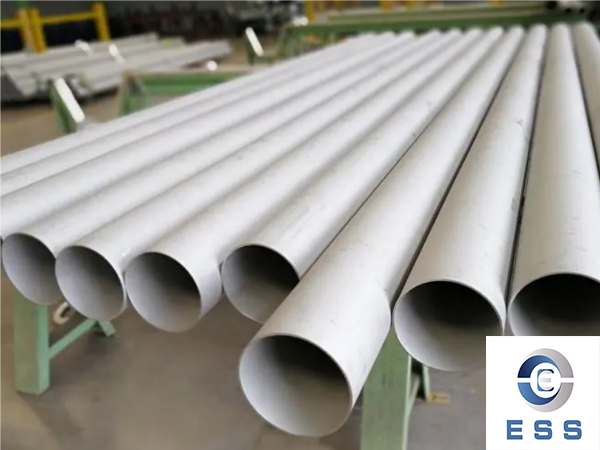How to construct and install thin-walled stainless steel seamless pipes?
Thin-walled stainless steel seamless pipes refer to stainless steel pipes whose wall thickness to outer diameter ratio is no more than 6%. Mainly used for building water supply pipelines.

Construction and installation of thin-walled stainless steel seamless pipes:
1) Thin-walled stainless steel pipes and fittings should not be in direct contact with cement, cement mortar and concrete. When the pipeline is concealed, anti-corrosion tape should be wrapped around the outer wall of the pipeline or plastic-coated thin-walled stainless steel pipe should be used.
2) When concealed pipes are filled with cement mortar, insulation materials should be used to ensure that there is a gap between the cement mortar and the pipes. Allows the hidden tube to stretch freely.
3) Plastic-coated thin-walled stainless steel pipes should be selected for burial to avoid acid and alkali corrosion on the outer wall of the pipe or damage to the pipe by sharp and hard debris. Other wrapping materials can also be used to take anti-corrosion measures, such as wrapping two layers of polyethylene tape or two layers of vinyl chloride tape, wrapping two layers of asphalt paint (or epoxy resin), and fiberglass plastic sheeting for anti-corrosion.
4) The pipeline should be reasonably equipped with telescopic compensation devices and brackets (fixed brackets and movable brackets) to control the telescopic direction or compensation of the pipeline. When the straight section length of hot water thin-walled stainless steel pipes for surface installation or non-buried concealed use exceeds 10~15m, compensation measures should be taken in the axial direction of the pipes. When the nominal diameter is greater than 50mm, stainless steel corrugated expansion joints or stainless steel linear temperature compensators should be installed.
5) Exposed thin-walled stainless steel pipes for building water supply should take anti-condensation measures, and thin-walled stainless steel pipes for hot water should be insulated.
6) Pipes and fittings should be uniformly supplied by suppliers. Not suitable for welding between different grades of stainless steel.
7) Pipes and fittings are thin-walled. When connecting to accessories such as wire valves, faucets, and water meters, thin-walled stainless steel pipes should not be threaded, but should be transitioned through wiring accessories such as adapters.
8) Oil pollution will cause the rubber sealing ring to deteriorate, and sharp objects hitting pipes and fittings will cause water leakage. Be careful during construction.
9) After the pipeline is installed and the pressure test passes, it should be flushed with low-chloride ion water and disinfected with 0.03% potassium permanganate aqueous solution.
Advantages of thin-walled stainless steel seamless pipes:
1. Good corrosion resistance
2. Save materials
3. Strong impact resistance
4. Good hygiene habits
5. Small thermal conductivity
6. The inner wall of the joint is smooth
7. Simple construction
8. High cost performance
9. Product appearance is beautiful
Read more: Seamless pipe weight calculation formula













 Eastern Steel Manufacturing Co.,Ltd not only improve product production and sales services, but also provide additional value-added services. As long as you need, we can complete your specific needs together.
Eastern Steel Manufacturing Co.,Ltd not only improve product production and sales services, but also provide additional value-added services. As long as you need, we can complete your specific needs together.










